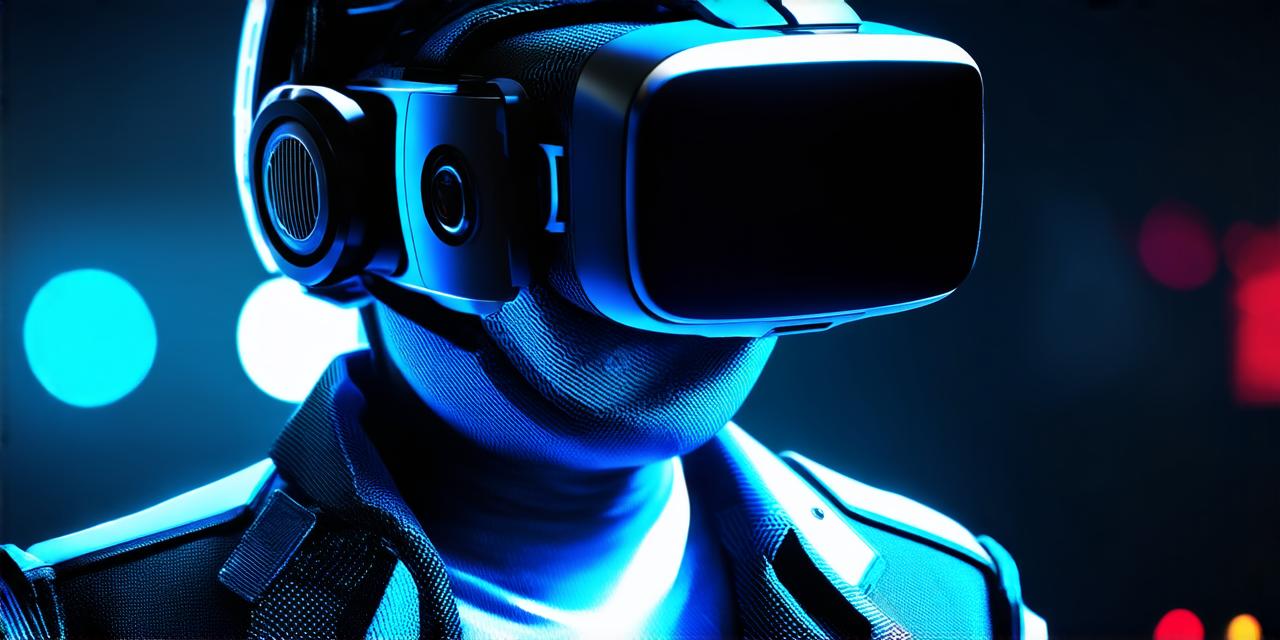Virtual Reality (VR) technology is rapidly advancing and becoming more accessible to developers.
With the integration of game engines into VR development, developers can create immersive and engaging experiences that were previously impossible. In this article, we will explore how game engine integration can maximize VR development potential, and provide examples of successful integrations in action.
What are Game Engines?
Game engines are software frameworks designed to facilitate the creation of video games. They include a variety of tools and features that make it easier for developers to create interactive environments, characters, and objects. Examples of popular game engines include Unity, Unreal Engine, and CryEngine.
Why Use Game Engines in VR Development?
Game engines offer several benefits when used in VR development. Firstly, they provide a range of pre-built assets that can be easily customized to create immersive VR experiences. These assets include 3D models, textures, and animations, which can save developers significant time and resources.
Additionally, game engines provide developers with tools for creating interactive objects and environments, such as physics simulations and collision detection systems.
Case Studies in VR Development with Game Engine Integration
There are many examples of successful game engine integrations in VR development. One such example is the use of Unity in the creation of “Beat Saber,” a popular rhythm game that has been downloaded over 50 million times. The game uses Unity’s built-in tools for creating interactive environments and characters, as well as its support for virtual reality hardware.
Another example is the use of Unreal Engine in the creation of “Samurai Jack: Infinity,” a VR game that was developed by Warner Bros. The game uses Unreal Engine’s advanced graphics capabilities to create a highly immersive experience, and its support for motion controllers allows players to interact with the game world in a natural way.
The integration of game engines in VR development is also being used in the medical industry. For example, the use of Unity in the creation of “AnatomoVision” allows medical students to visualize complex anatomy models in a 3D environment. This can help students better understand the human body and improve their surgical skills.
Expert Opinions on Game Engine Integration in VR Development
According to Dr. Richard Devine, Director of the Virtual Reality Lab at the University of York, “Game engines are a crucial tool for VR development. They provide developers with a range of pre-built assets that can save significant time and resources, as well as advanced tools for creating interactive environments and characters.”
Similarly, Dr. John Carmack, Co-founder of id Software, believes that game engines are essential for the future of VR development. “Game engines provide developers with a solid foundation to build upon,” he says. “They offer a range of tools and features that make it easier to create immersive experiences, and their support for multiple platforms means that developers can reach a wider audience.”
Frequently Asked Questions (FAQs)
What are the main benefits of using game engines in VR development?
- Game engines provide a range of pre-built assets that can be easily customized to create immersive VR experiences.
- They also offer tools for creating interactive objects and environments, such as physics simulations and collision detection systems.
- Game engines support multiple platforms, which means that developers can reach a wider audience with a single codebase.
What are some examples of successful game engine integrations in VR development?
- “Beat Saber” uses Unity to create an immersive rhythm game experience.
- “Samurai Jack: Infinity” uses Unreal Engine to create a highly immersive VR game with advanced graphics capabilities.
- “AnatomoVision” uses Unity to create a 3D anatomy model for medical students.
What are the future prospects for game engine integration in VR development?
Game engines are essential for the future of VR development, providing developers with a solid foundation to build upon. They offer advanced tools and features that make it easier to create immersive experiences, and their support for multiple platforms means that developers can reach a wider audience.
Conclusion
The integration of game engines in VR development has the potential to maximize development potential and create immersive and engaging experiences.
